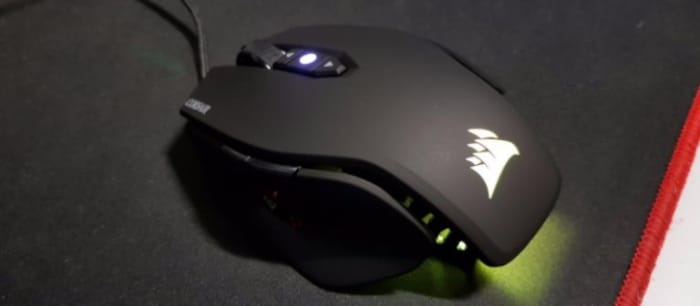In the competitive world of gaming, every millisecond counts. From high-refresh-rate monitors to ultra-responsive keyboards, gamers are constantly seeking gear that gives them an edge. One hot topic in this space is the trend toward ultra-light gaming mice. But the real question remains: Is lighter always better? A deep dive into the lightest gaming mouse of the year reveals both the hype and the reality behind this trend.
The Rise of the Ultra-Light Gaming Mouse
Over the past few years, manufacturers have been racing to shave grams off their gaming mice. Traditional models used to weigh anywhere from 100 to 130 grams. Now, many of the lightest gaming mice of the year come in at under 60 grams. This shift has been fueled by professional esports players who favor quicker, more agile movements that lighter mice can deliver.
Design innovations like honeycomb shells, paracord cables, and ultra-thin PCBs have made this reduction possible. But are these featherweight devices truly better, or is it just clever marketing?
Benefits of Lighter Gaming Mice
Faster Flicks and Swift Movements
A major advantage of a lightweight mouse is the ease of making fast flick shots — crucial in first-person shooters like CS:GO or Valorant. The reduced inertia means less strain on your wrist and fingers during extended gameplay sessions.
Less Fatigue Over Time
Gamers who play for hours on end may find that a lighter mouse reduces fatigue. Over time, this could lead to better performance, fewer injuries, and improved precision.
Popular Picks: The Lightest Gaming Mice of the Year
Some of the most notable models in 2025 include:
- Logitech G Pro X Superlight 2 – Weighing just 59g, this mouse has maintained its position as a favorite among pros.
- Glorious Model O Minus Wireless – At just 49g, it offers both low weight and wireless freedom.
- Finalmouse UltralightX – A niche but beloved choice known for its extreme weight savings and esports-centric design.
These models are perfect case studies in answering the question: Is lighter always better? A deep dive into the lightest gaming mice of the year shows that they certainly excel in speed, comfort, and responsiveness — but they may not be for everyone.
The Downside: When Lightweight Isn’t Right
Despite the benefits, lighter mice can come with trade-offs. Some users report that they feel too light, lacking the control or precision needed for certain genres like RTS or MMO games. Additionally, ultra-light designs may compromise build quality or durability, depending on the materials used.
Also, muscle memory developed on heavier mice can be disrupted, requiring an adjustment period that not all gamers find worthwhile.
So, Is Lighter Always Better?
The answer isn’t black and white. As we’ve explored in this deep dive into the lightest gaming mice of the year, lighter isn’t always synonymous with better — it heavily depends on personal preference, grip style, and the type of games you play.
For FPS enthusiasts, a lightweight mouse can feel like an extension of the hand. But for others, the absence of weight may lead to less control or even discomfort.
Final Thoughts
Is lighter always better? A deep dive into the lightest gaming mice of the year suggests that while the ultra-light trend is grounded in real performance benefits, it’s not universally superior. Gamers should carefully consider their own needs, test different options, and choose a mouse that feels right — not just light.

